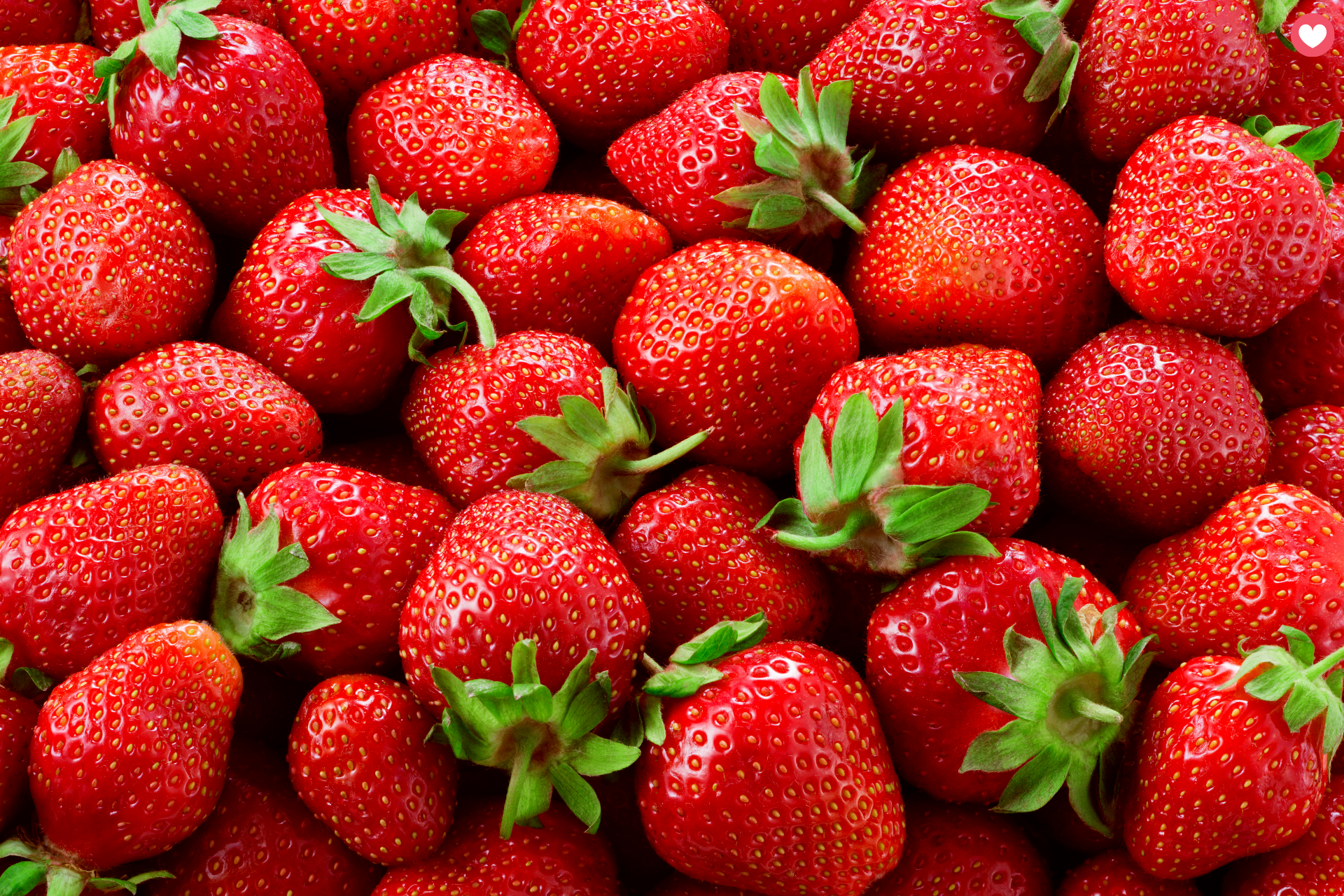
Growing Strawberries in Your Backyard: A North Carolina Gardener's Guide
Growing Strawberries in Your Backyard: A North Carolina Gardener's Guide
Strawberries are a beloved fruit in North Carolina, prized for their sweet flavor and versatility. With the state’s diverse climate, growing strawberries in your backyard can be both rewarding and enjoyable. This guide provides essential tips for cultivating a successful strawberry patch right here in North Carolina.
Understanding North Carolina’s Strawberry Climate
Regional Considerations North Carolina's climate ranges from cooler mountains to warmer coastal plains, affecting strawberry growth:
- Mountains: Cooler temperatures mean a shorter growing season. Choose cold-hardy varieties and plan for a later planting season.
- Piedmont: A moderate climate offers ideal conditions for many strawberry varieties and a longer growing season.
- Coastal Plains: Warmer temperatures and sandy soils enable early harvests but require careful attention to watering and soil amendments.
Frost Dates and Growing Season Understanding frost dates is crucial:
- Last Frost: Late April in the mountains, mid-April in the Piedmont and Coastal Plains.
- First Frost: Mid-October in the mountains, early November in coastal areas.
This creates a 6–7 month growing season in most areas, perfect for strawberry cultivation.
Choosing the Right Strawberry Varieties
June-Bearing vs. Everbearing
- June-bearing: Produces a single large crop in late spring or early summer, ideal for canning and making jams.
- Everbearing: Provides smaller, continuous crops throughout the growing season for fresh enjoyment over time.
Recommended Varieties for North Carolina
- Mountains: ‘Earliglow,’ ‘Allstar’
- Piedmont: ‘Chandler,’ ‘Camarosa’
- Coastal Plains: ‘Sweet Charlie,’ ‘Festival’
Each variety adapts well to the unique climate of its region.
Planting and Caring for Strawberries
Soil Preparation Strawberries thrive in well-drained, slightly acidic soil (pH 5.5–6.5). Prepare the bed by: